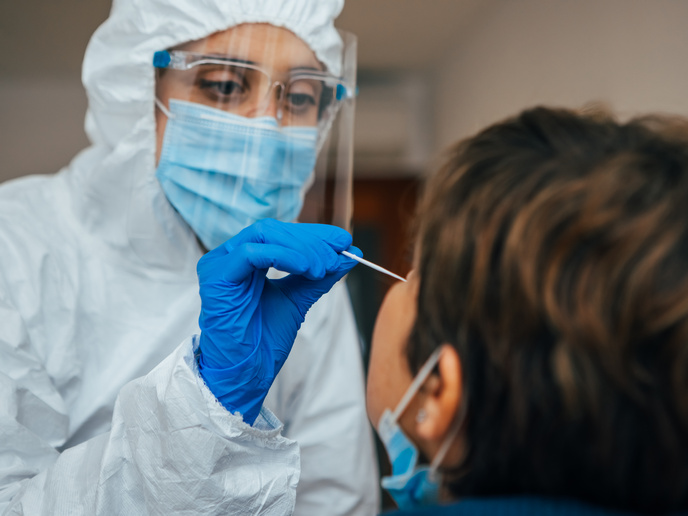For effective treatment of cat allergy
One of the commonest allergies to pet animals is that to cat, where cat dander is considered to involve several allergenic molecules. These can become airborne as microscopic particles that during inhalation are capable of inducing allergic reactions such as breathing difficulties. The most important cat allergen capable of provoking an allergic reaction, is a protein particle called Fel d 1. Since 60%-90% of cat allergic subjects are specifically sensitive to Fel d 1, most research efforts concentrate on this allergen for developing cat allergy-specific treatment. Immunotherapy may improve desensitisation to cats in the form of suitable vaccination where specific amounts of Fel d 1 allergen could increase the individual's immunity to this allergen. Eventually, a reduced allergic response may be induced and fewer symptoms may appear in future contact with the allergen. Towards this goal, the TRAFSA project focused on Fel d 1 as the major component for future recombinant vaccines against cat allergies. Generated by genetic engineering techniques recombinant active ingredients of this allergen could offer an improved safety profile and clinical efficacy of synthetic allergy vaccines. Fel d 1 allergen has been successfully expressed and characterised with the aid of highly specialised techniques. It was found that the recombinant molecule displays no difference from the respective natural molecule as far as structure and immunological activity is concerned. The promising results showed the increased potential of molecular engineering of allergens for human therapy. Collaboration is sought with industries and research organisations involved with immuno-modulation and vaccine development. In addition, clinicians could also contribute to the field of realisation of new human allergy therapeutics.







